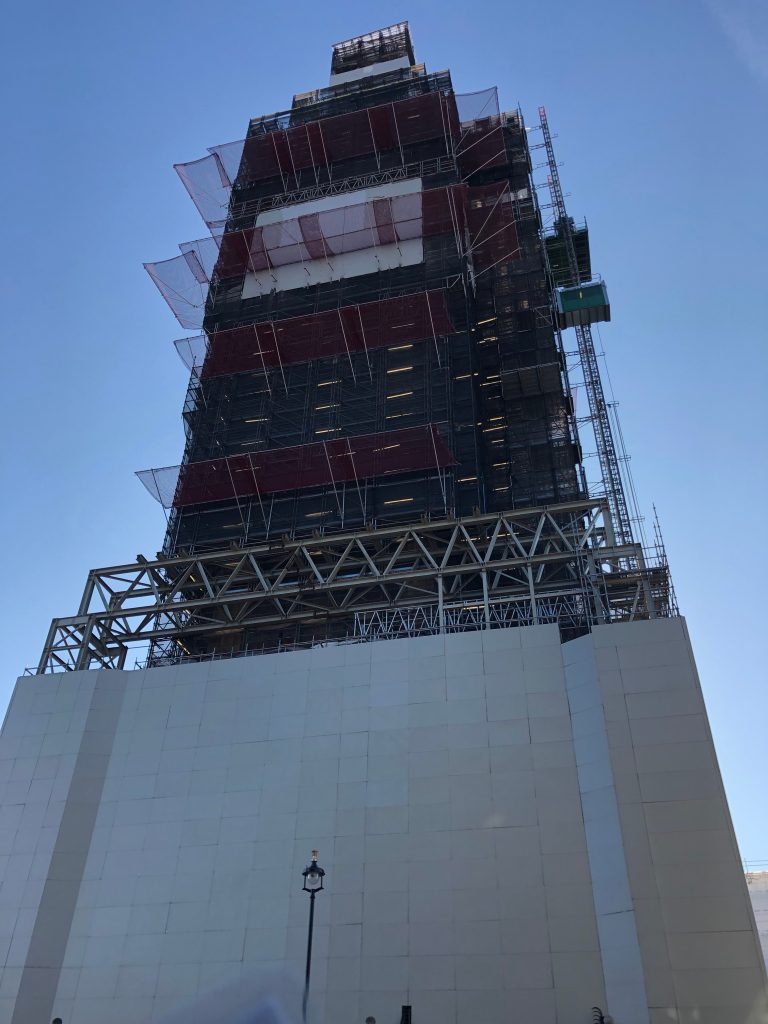‘Big Ben’ suffered more damage than originally thought in May 1941 Nazi bombing blitz

Big Ben. Photo: Bill Young
Back in August 2017 when Elizabeth Tower was to become the beneficiary of what was to be a ‘simple’ multi-year £29 million refurbishment project, no one could have ever imagined what they would ultimately uncover. It started out as a project to future-proofed the structure against damage from moisture and having a lift installed for emergency evacuations, as currently the only way up and down is via its 334 limestone stairs. The clock mechanism would be dismantled, restored and refurbished primarily to stop the clock from grinding to a halt. In addition, its five huge bells will be getting a new protective coat. That’s the good news.
The bad news, unfortunately, is that almost three years later experts have determined that the tower was more badly damaged by German bombs during World War II than originally thought. Although the tower survived Nazi bombing, its roof and dials were damaged in a May 1941 air raid which destroyed the main House of Commons chamber. The last bong sounded at 12noon on Monday August 21 as the 177-year-old tower has been covered in scaffolding for the past three years as craftsmen refurbish its stonework and famous 13-ton clock and its bell, known as Big Ben.
Scaffolding in place, workers have been able to get a much closer look at the 315-foot (96m) tower and allowed them to spot other problems like damage caused by pollution and asbestos. Decay and damage to “hundreds of intricate carvings,” an “extensive use” of toxic lead paint and broken glass in the clock dials were also discovered.
With that discovery comes the really bad news as the bill for its restoration rose by nearly £20 million ($25 million). The House of Commons and House of Lords Commissions said they had been told that to restore the tower to its previous splendor, the budget would need to rise from £61.1 million to £79.7 million ($79.7m to $104m).
The Elizabeth Tower, which houses Big Ben, was built after a fire destroyed a large part of Westminster Palace in 1834. The tower at the North End of the Houses of Parliament was renamed in 2012 to mark Queen Elizabeth II’s Diamond Jubilee.
Work on the structure, which is expected to be finished next year, is separate from the planned full-scale restoration of the Palace of Westminster which has been estimated to cost 4 billion pounds and is due to start in the mid-2020s. Even with the new damage revelation, plans are still on track to complete the restoration in 2021, the House of Commons said in a statement.
In: Odds & Sods
